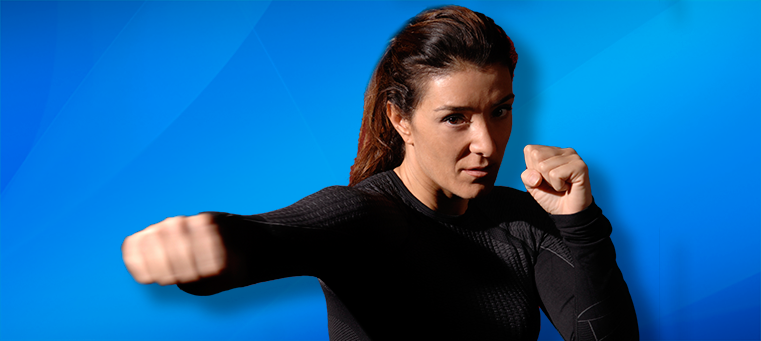In a world where personal safety is of paramount importance, Brazilian Jiu-Jitsu (BJJ) has emerged as a highly effective self-defense system. Originating from Brazil, BJJ combines technique, leverage, and strategy to empower individuals of all ages and sizes to defend themselves against larger and stronger opponents. This article explores the key aspects of BJJ and how it serves as a reliable tool for self-defense.
The Power of Technique: Unlike other martial arts, Brazilian Jiu-Jitsu places significant emphasis on technique rather than relying solely on physical strength. By utilizing leverage, joint locks, and submission holds, BJJ enables practitioners to neutralize attackers by immobilizing them or forcing a quick submission. This aspect is particularly advantageous for individuals who may not possess considerable strength or athleticism, as technique and leverage become the equalizers in combat scenarios.
Practicing Realistic Scenarios: One of the hallmarks of Brazilian Jiu-Jitsu is its focus on realistic scenarios. BJJ practitioners regularly engage in live sparring, commonly known as “rolling,” which simulates real-life combat situations. By training in a realistic environment, individuals become better equipped to handle the stress, intensity, and unpredictability of physical altercations. This training methodology allows practitioners to refine their techniques, improve their decision-making skills, and develop the ability to stay calm and composed under pressure—a crucial factor in effective self-defense.
Adaptable for All Body Types: Brazilian Jiu-Jitsu is renowned for its adaptability to various body types and sizes. Unlike striking-based martial arts that rely on speed and strength, BJJ leverages techniques that can be employed by individuals of any physique. Through proper positioning, leverage, and timing, practitioners can effectively control and submit larger and stronger opponents. This versatility ensures that anyone, regardless of their physical attributes, can develop the skills necessary to defend themselves effectively.
Mindset and Awareness: In addition to physical techniques, Brazilian Jiu-Jitsu instills a mindset of discipline, resilience, and situational awareness. Practitioners learn to assess threats, avoid confrontation when possible, and remain calm during high-pressure situations. This mental training becomes invaluable when facing real-world self-defense scenarios, allowing individuals to make sound decisions and protect themselves and others.
Brazilian Jiu-Jitsu is more than just a sport—it is a comprehensive self-defense system that equips individuals with the tools to protect themselves in dangerous situations. With its focus on technique, realistic training, adaptability, and mental preparedness, BJJ empowers people of all backgrounds to develop the skills and confidence necessary for effective self-defense.

